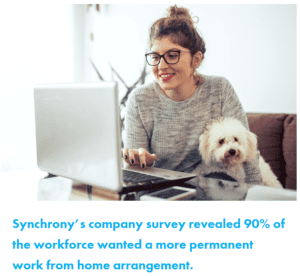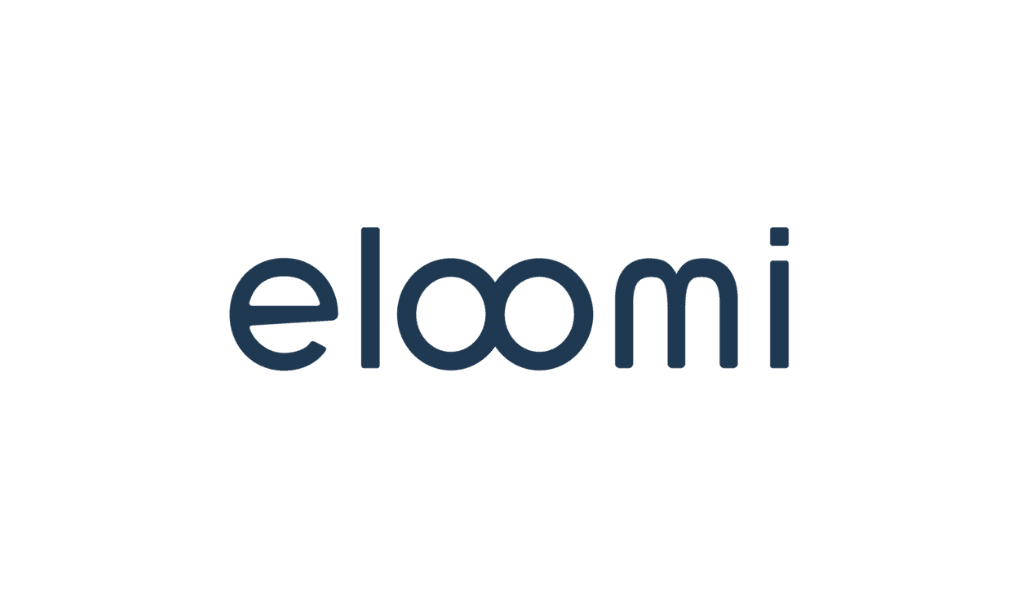New work paradigms offer HR the opportunity to evolve with employee preferences.
By Claudine Hoverson
Changes in employee expectations of the workplace began with the global pandemic and will continue into 2023. The hybrid work from home model replaced the old way of working and it’s here to stay. This shift to hybrid work shows that employers can be flexible, and employees are open to change. This new paradigm presents HR leaders with opportunities to evaluate their current practices and continue to find creative ways to attract top talent and improve employee retention and engagement.
For many companies, work will never look the same. Some business leaders who had long thought remote workers would be disengaged and less productive outside of the office are realizing the opposite is true. Synchrony’s company survey revealed 90% of the workforce wanted a more permanent work from home arrangement.
Before the pandemic, remote work was a rare exception. Now employees have great flexibility in how, when, and where they work. Employees who want to work at home have the option to do so while the company ensures they can still come together for purposeful interactions. As a result, employees report feeling more engaged and more productive.
Here are five management strategies for HR leaders to truly reap the benefits of what’s been learned over the last few years.
1. Cultivate trust and accountability.
In a hybrid work environment, HR leaders should reconsider how they evaluate employee productivity and performance measurement. The emphasis should move from managing to coaching and building performance management models that encourage candid conversations, provide continuous feedback, offer clear expectations on goals and outcomes, validate that employees are on track, and encourage self-directed employee improvement. Now more than ever, employees need to be empowered to make the right decisions, accelerating innovation and nimbleness.
2. Build a corporate culture that focuses on keeping employees.
In today’s competitive hiring market, employee retention has become a top priority for HR leaders. According to a recent Fortune/Deloitte CEO survey, workers are in the position to find jobs that meet their needs professionally and also from a work/life perspective. Workers have evolving expectations about what they want from their employers, and businesses need to listen.
Building employee feedback mechanisms is key to understanding what employees are thinking and finding out how best to support them. Armed with this insight, organizations can start testing out strategies to meet their needs in concert with the needs of the business. For example, Synchrony developed a series of new employee offerings co-designed with employees, including flexible work options for all, opening up job opportunities across all locations, and removing degree requirements from nearly 90% of roles to attract more diverse candidates. All of these innovative programs have led to an estimated 30% increase in new employee applications, which indicate an agile approach of listening, iterating, and adapting works.

Synchrony’s company survey revealed 90% of the workforce wanted a more permanent work from home arrangement.
3. Support employee well-being.
Employee well-being is an important area where companies need to continue to invest. Employees value the ability to continue working while caring for themselves and their families without worrying about sacrificing one or the other. To help address employee burnout, focus on implementing mental health support programs; offering access to diverse wellness coaches; allowing for sabbaticals; providing financial counseling; and sharing resources for caregivers.
4. Improve childcare options.
Working mothers and other caregivers have been disproportionately impacted by the pandemic and continue to balance a tremendous amount between working and caring for their children.
A recent report by LeanIn.org and McKinsey & Company found that women leaders are leaving companies at the highest rates ever. And a Marshall Plan for Moms report found that expanded childcare benefits from employers is a deciding factor as to whether to stay on the job.
Business leaders can play a larger role to help solve America’s childcare crisis and better support working parents by enhancing childcare options. For example, at Synchrony, hourly employees and women represent the majority of the workforce so employees have the option for backup childcare for up to 60 days, a program they can access on short notice. Paid parental leave includes expanded maternity leave for up to 22 weeks for birth parents. There is also an initiative around working with The Mom Project on supporting caregivers who left during the pandemic and are returning to the workforce.
5. Leverage the Metaverse.
The hybrid model of working means that employers must develop creative ways to continually engage, support, and train managers and employees. Metaverse tools, such as augmented and virtual reality, provide the opportunity for managers to learn and collaborate in a virtual environment. For example, Synchrony is piloting a virtual reality training program and building 3D replicas of collaboration spaces that will help train managers to be better leaders, run more effective meetings, and have critical conversations.
The hybrid model isn’t going to be perfect, yet. It takes work, experimentation, and continual listening to drive purpose-driven outcomes. Adopting a coaching mindset and supporting employees via creative solutions will help leaders be more effective.
The pandemic has taught organizations that everything about corporate life could be different.
Rather than go backwards, HR leaders should seize this once-in-a-lifetime opportunity to rethink traditional employer/employee relationships and make life more rewarding for all.
Claudine Hoverson is the chief talent officer at Synchrony.














